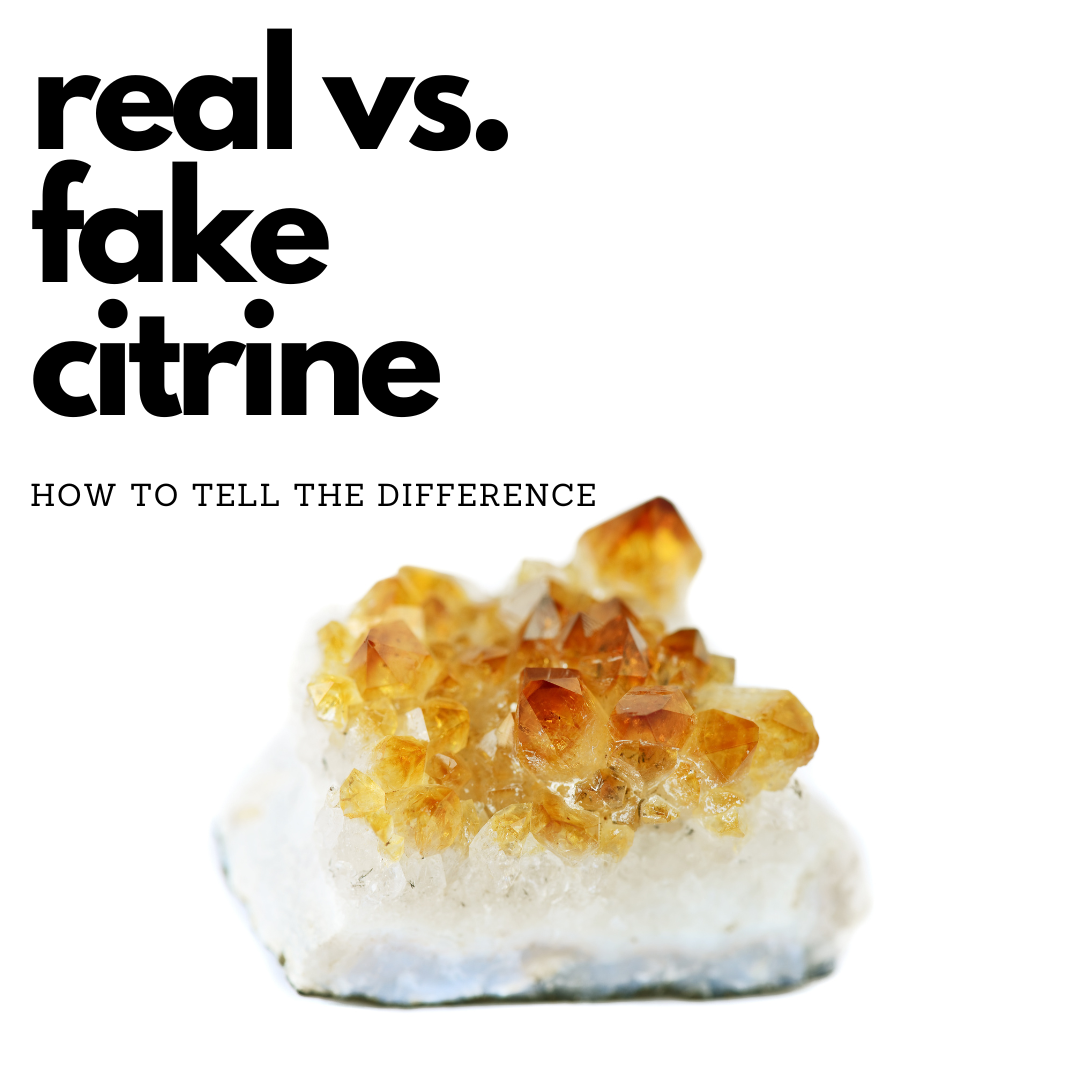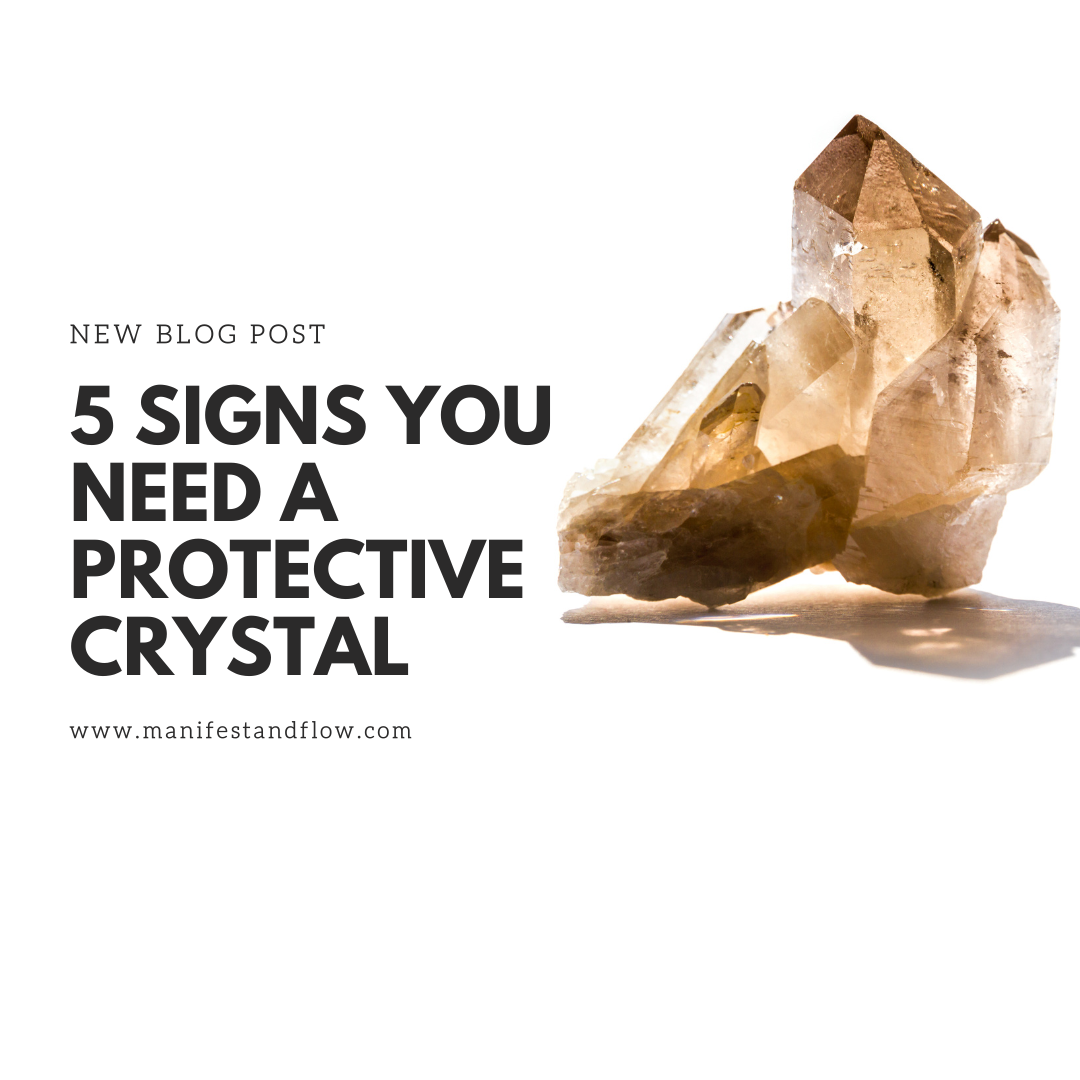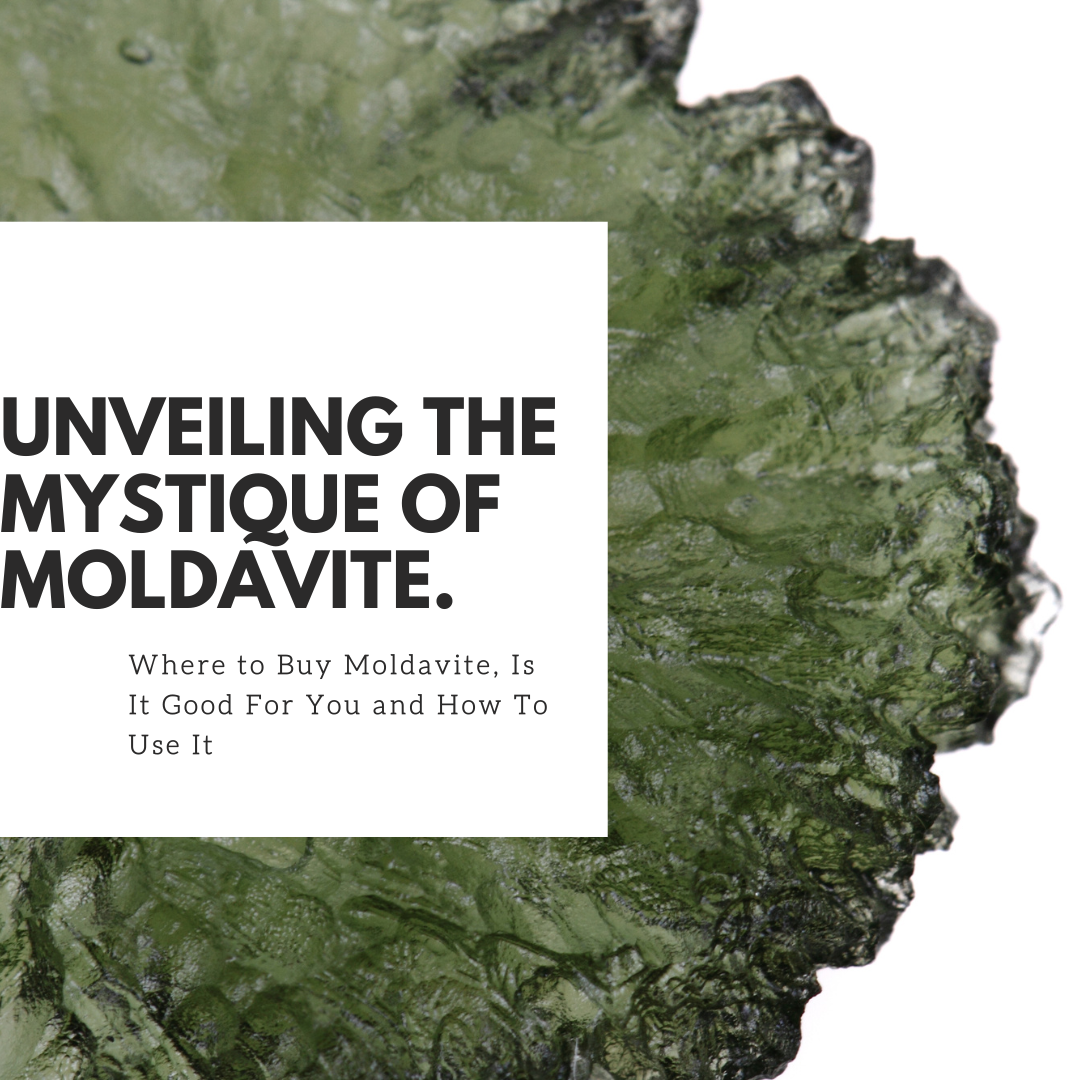How to tell if your citrine is real or fake

If you're looking for a way to tell if your citrine crystal is real, you're in the right place. Citrine is a beautiful stone that can be used for a variety of purposes, from jewelry to healing. Unfortunately, it can be difficult to tell if your citrine is real or fake. It can also be difficult to tell if your citrine is natural, or if it’s heat-treated. Luckily, there are a few key differences that can help you determine if your citrine is genuine and natural.
Colour
The first thing to look for is the colour of the stone. Natural citrine is a slightly yellow hue and its shade can vary from a pale yellow to a smoky yellow shade. It should be a single consistent colour throughout. Imitation citrine is often a lighter yellow-green color or heat-treated citrine is often orange, and may have impurities in the hue. Natural citrine is less vibrant.
Heat-treated citrine is made by heating amethyst, so you can imagine that the colour of heat-treated amethyst would be different than natural citrine made all on its own by our beautiful earth.
Of course, it should be mentioned, that heat-treated citrine is still a natural crystal (of the quartz variety) just like natural citrine. Energetically, the properties of natural citrine and heat-treated citrine are the same. So, we shouldn't confuse heat-treated citrine with being a fake crystal, it certainly is not!
Pattern
Another way to tell if your citrine is real or fake is to observe the pattern and distribution of colour. Cut specimens of citrine gemstones occur in all shades, from a pale straw-yellow to the richest deep yellow hue, often with a brown tinge.
You should also examine the specimen's shape. Fake citrine often has a pure white base, which is not usually found in real citrine.
Real citrine also has a slightly transparent appearance and should not contain visible bubbles or inclusions inside. Additionally, real citrine is durable and does not chip or break easily. If it’s glass, it will be much easier to break!
Fake citrine may be made of glass, and this is when you'll find little tiny bubbles inside. This is a tell tale sign of fake citrine.
The temperature
A genuine crystal like citrine, will feel cool to the touch. If it’s glass made to look like a crystal, it will be warmer or room temperature. Of course, a crystal can warm up with your body heat, but if it’s been sitting in a room untouched, it should feel slightly cooler.
This is not a fool proof method to testing your crystals, but as you become more familiar with them you will start to gather a sense of real crystals vs fake ones simply through the touch.
Price
Finally, the price of the citrine can be a good indicator of its authenticity. Unprocessed citrine (natural citrine) is far more costly than heat-treated citrine, and way more pricey than fake citrine (made of glass). If it seems too good to be true, it probably is!
Natural citrine is not easy to come by. So ensure when you purchase it, you're buying from a reputable retailer.
We carry both heat-treated citrine and natural citrine in our store, and we always make sure the heat-treated and natural variety is clearly labelled as such.
In conclusion, there are several ways to tell if your citrine is real or fake. By looking at the colour, pattern, shape, transparency, and price of the stone, you can determine if your citrine is genuine.
Finding real crystals online can be a challenge, as scammers are getting better and better at faking their products. Buy from trustworthy retailers that offer a guarantee (like us!).
Ready to shop for crystals? Head over to our shop here.




Comments